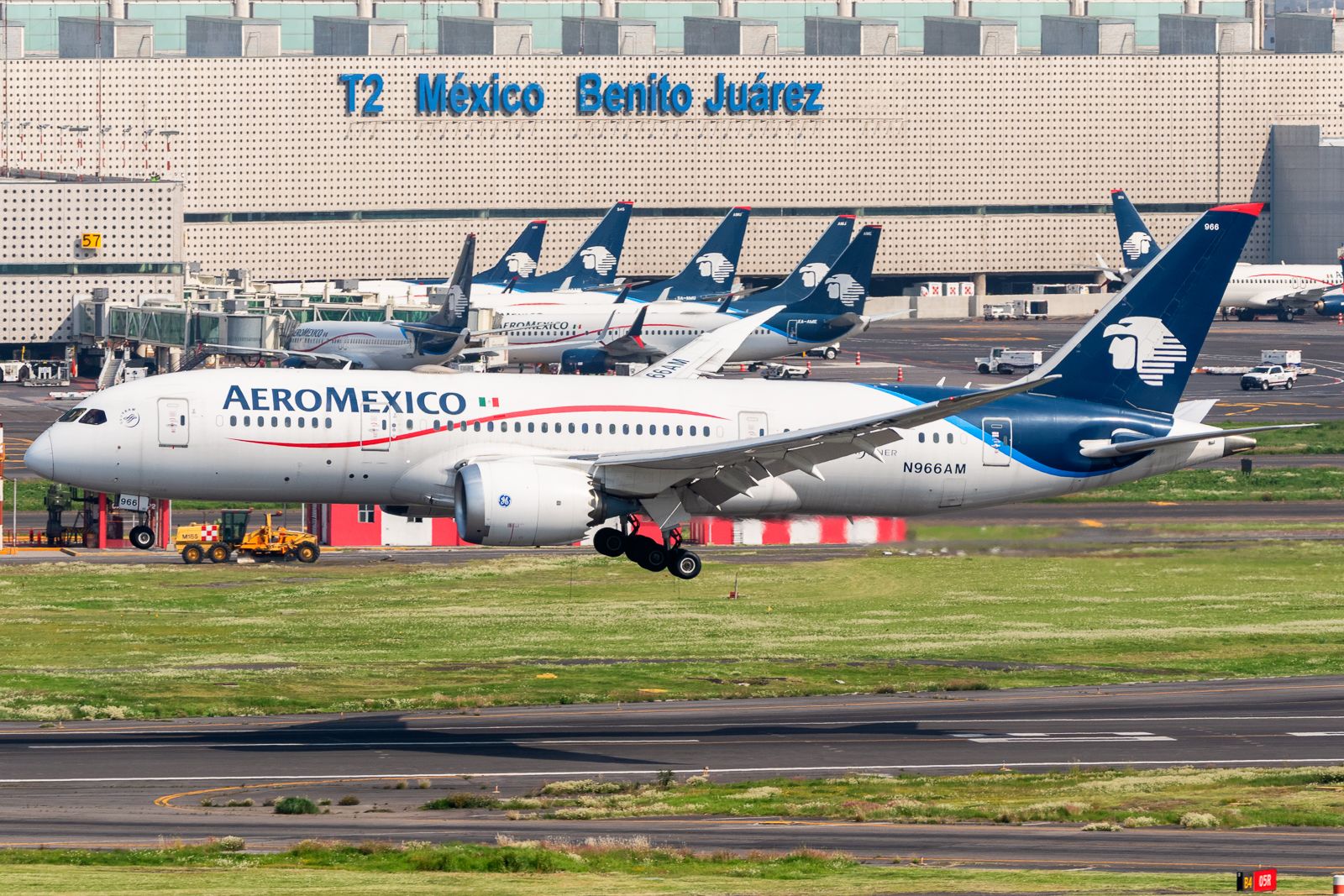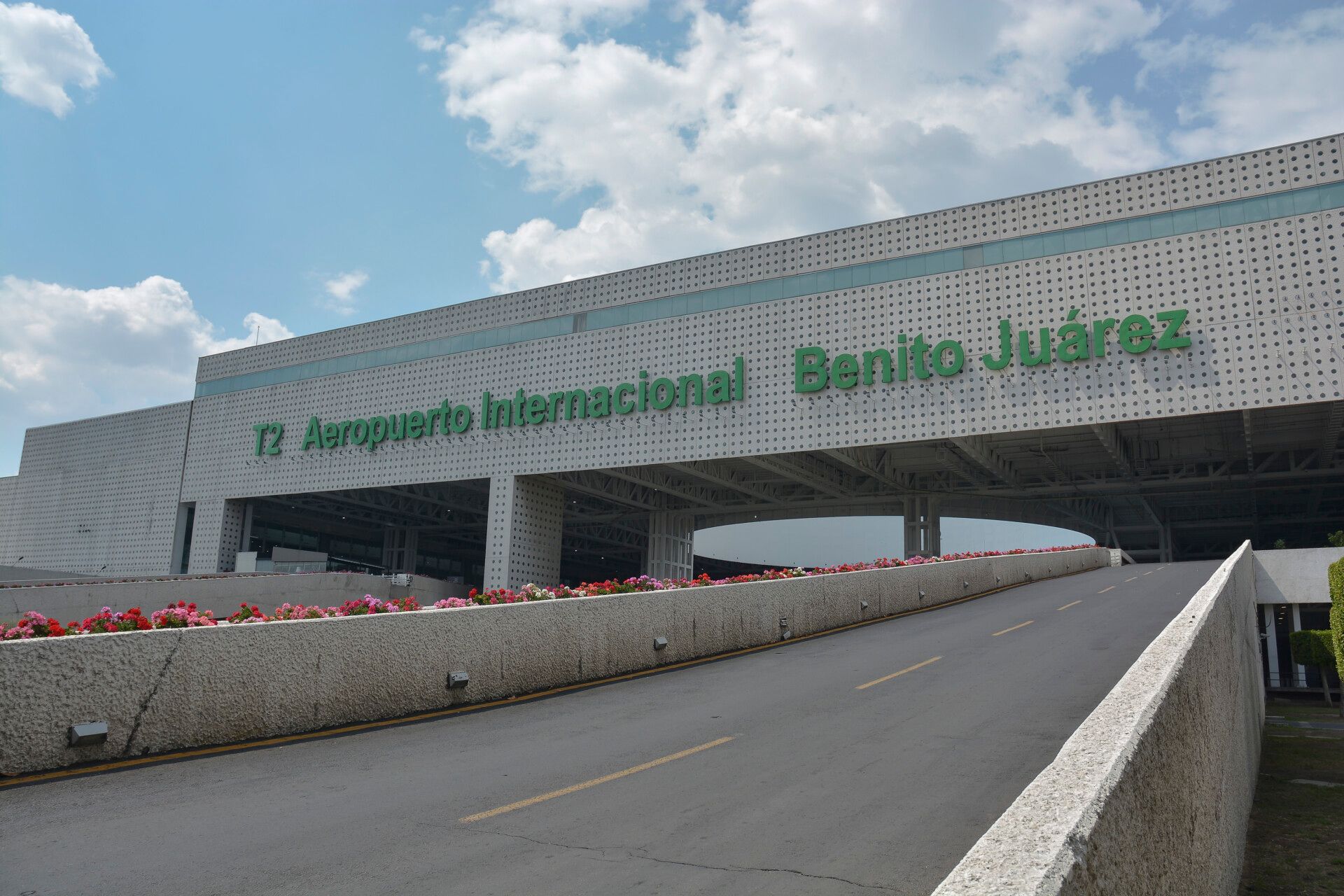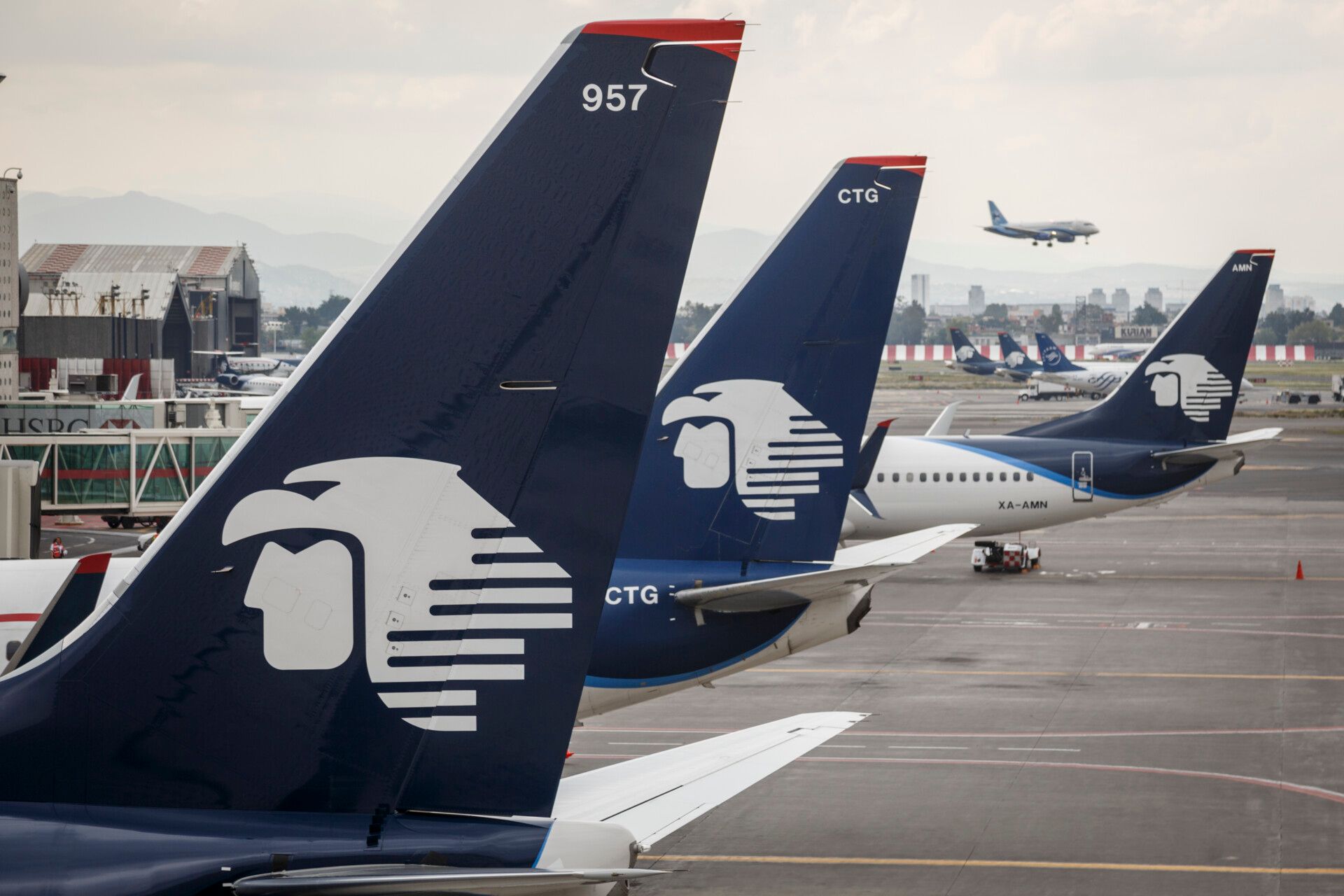Grupo Aeromexico is expanding its domestic operations at Mexico City International Airport, the airline said in a statement. Starting on December 11, the airline will move some departures from Terminal 2 (where it has been since 2008) to Terminal 1, complementing its existing network. Let’s investigate further.
Moving to the T1
Mexico City International Airport has two terminals. The second one was inaugurated in November 2007. Shortly after, Aeromexico moved its operations there, and since, it has mostly become Aeromexico’s Terminal. Its partner Delta also operates from T2.
In the meantime, almost everyone else stayed at Terminal 1, including the Mexican low-cost carriers Volaris and Viva Aerobus (as well as some Aeromexico partners like LATAM).
Nevertheless, as part of Aeromexico’s strategy, starting December 11, the airline will extend operations to Terminal 1. The carrier will initially operate 20 daily departures from Terminal 1. It will also continue to operate from Terminal 2.
Aeromexico will relocate operations of nine domestic routes to Terminal 1. These routes go to Campeche, Durango, Los Mochis, Matamoros, Nuevo Laredo, Reynosa, Tampico, Zacatecas, and Zihuatanejo.
In December, Aeromexico will offer 135 flights to these nine destinations from Mexico City, a 9.4% decrease compared to its pre-pandemic capacity. All the flights are operated under the regional branch Aeromexico Connect and its Embraer E190 fleet.
Strengthening its position at Mexico City International Airport
Aeromexico is aiming to improve and strengthen its position at Mexico City International Airport. Despite launching a few international flights from other hubs like Monterrey and Guadalajara, Aeromexico still sees Mexico City as its central hub.
In its Disclosure Statement (part of its Chapter 11 plan), the airline stated,
“Today, Aeromexico occupies the top position at the Mexico City International Airport, “AICM", offering more daily flights out of AICM than any other airline. AICM is the Company’s central hub, the busiest airport in Mexico, and the primary airport for international flights to and from Mexico.”
The carrier seeks to strengthen and leverage its strategic position in Mexico City by improving network and schedule positions at AICM. By doing so, Aeromexico should position itself to “take advantage of a rebound in international and corporate demand.” The airline will be able to offer more flights at the highest demand hours of the day and generate more revenue premiums.
According to Aeromexico, increasing its presence at AICM will align with other flagship carriers’ banking structures at their respective main hubs.
Get your boarding pass to the flight of the year. The Future Flying Forum is taking off soon!
What about the Santa Lucía Airport?
This week, Volaris and Viva Aerobus announced their intentions of flying out of Mexico City’s new airport in the military base of Santa Lucía. Volaris will operate two routes to Cancun and Tijuana. Viva Aerobus has yet to announce where it will fly.
Unlike its low-cost competition, Aeromexico hasn’t signaled any interest in Santa Lucía (or Felipe Angeles International Airport, AIFA). The airline has little point-to-point connectivity and, as stated before, sees in AICM its central hub.
In 2019, Aeromexico’s CEO stated,
“We have a hub model. We need to operate in one airport. It doesn’t make sense to us to operate from two airports that are so close.” He added that flying from two different airports in the same city would only increase costs for the company.
Do you think it is a good idea for Aeromexico to move some domestic flights to T1? Let us know in the comments below.



